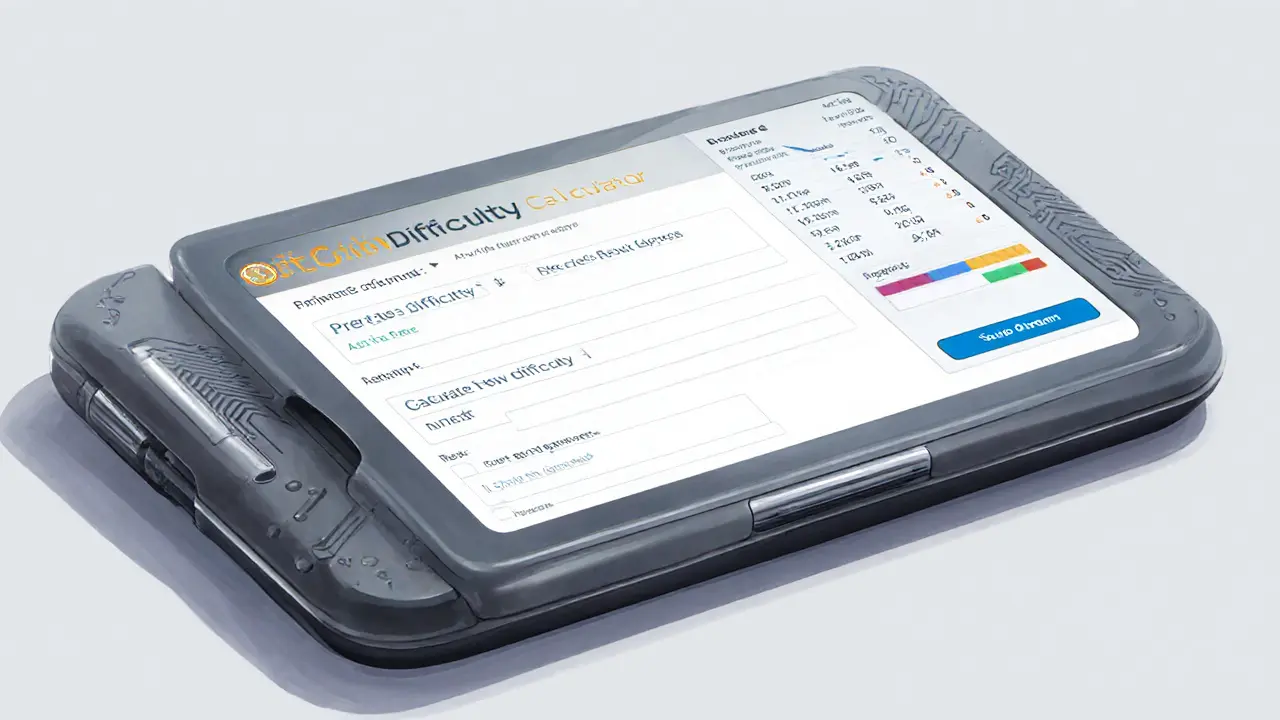Hash Rate – What It Means for Crypto Mining
When you hear the term hash rate, the total computing power that miners contribute to a blockchain network, you instantly know it’s about the raw speed behind mining. In simple words, hash rate tells you how many hash calculations a network can perform each second. The bigger the number, the tougher it is for any single actor to take over the chain, which makes the network more secure. This metric also decides how quickly new blocks appear, influencing transaction confirmation times and reward payouts. If you’re curious why some miners brag about terahashes per second, it’s because they’re measuring their share of the whole network’s hash rate, and that share directly translates into earnings.
Why Hash Rate Matters for Bitcoin, Pools and Hardware
Take Bitcoin, the leading proof‑of‑work cryptocurrency as an example. Bitcoin’s network hash rate has grown from a few gigahashes in 2010 to dozens of exahashes today. This rise means the protocol now needs massive energy and specialized ASIC miners, application‑specific integrated circuits built for hashing to stay competitive. Mining pools act like carpool lanes for hash power: they combine the hash rate of many individual miners, smooth out payout variance, and boost the chance of solving a block. When a pool’s combined hash rate climbs, it can dominate a portion of the network, which in turn shapes the distribution of new Bitcoins. Energy consumption is another direct result – higher hash rate forces more electricity use, prompting debates about sustainability and regional regulation. Countries with cheap power often attract large mining farms, which shifts the geographic hash rate map and can affect local policies.
Understanding hash rate helps you read market signals, spot when the network is becoming more or less secure, and gauge the profitability of different mining strategies. It also gives clues about where new mining operations might pop up, how energy costs could impact Bitcoin’s price, and what regulators might focus on next. Below you’ll find a curated set of articles that dig deeper into buying crypto in China, switching mining pools, the latest Bitcoin hash rate distribution by country, and practical guides on sidechains, DeFi lending, and more. Dive in to see how hash rate connects to everything from exchange reviews to airdrop opportunities, and use that knowledge to make smarter trading or mining decisions.
How to Calculate Mining Difficulty in Bitcoin (2025 Guide)
Learn how Bitcoin's mining difficulty is calculated, why it matters, and how to use the formula for better mining decisions in 2025.
VIEW MORE
